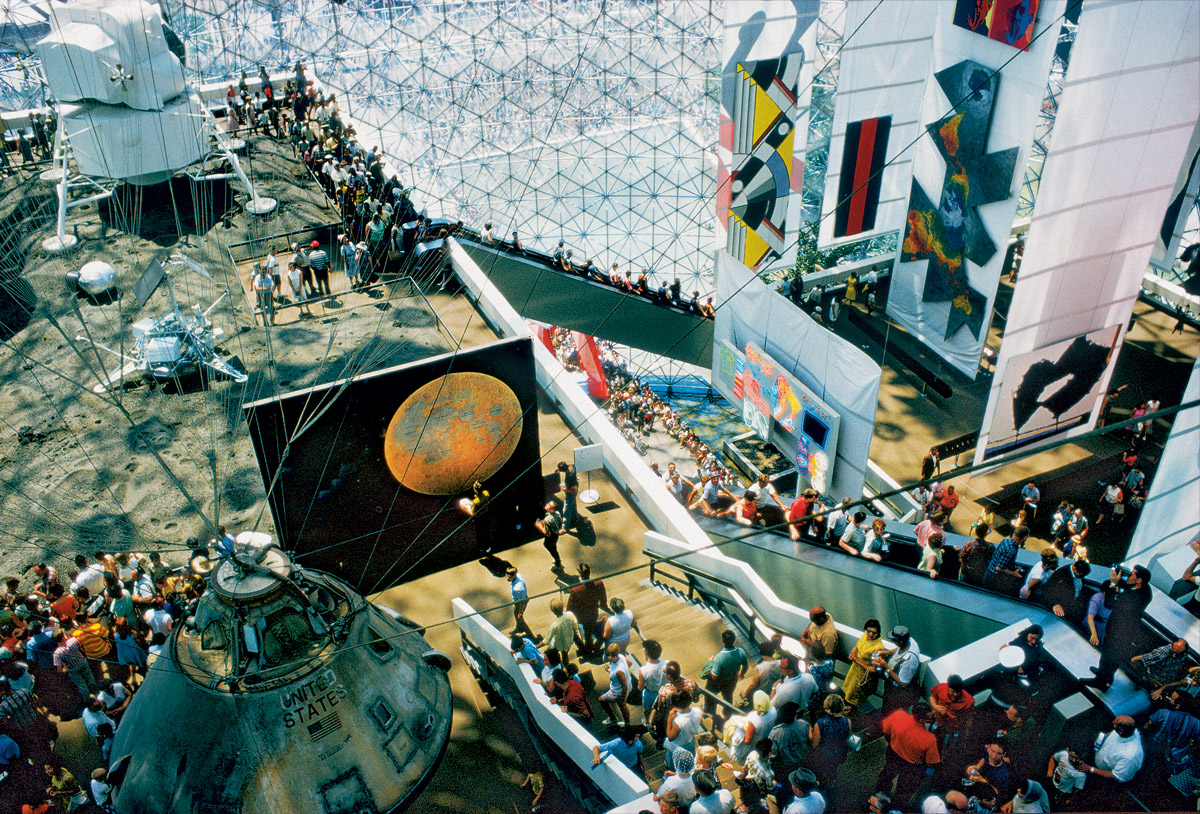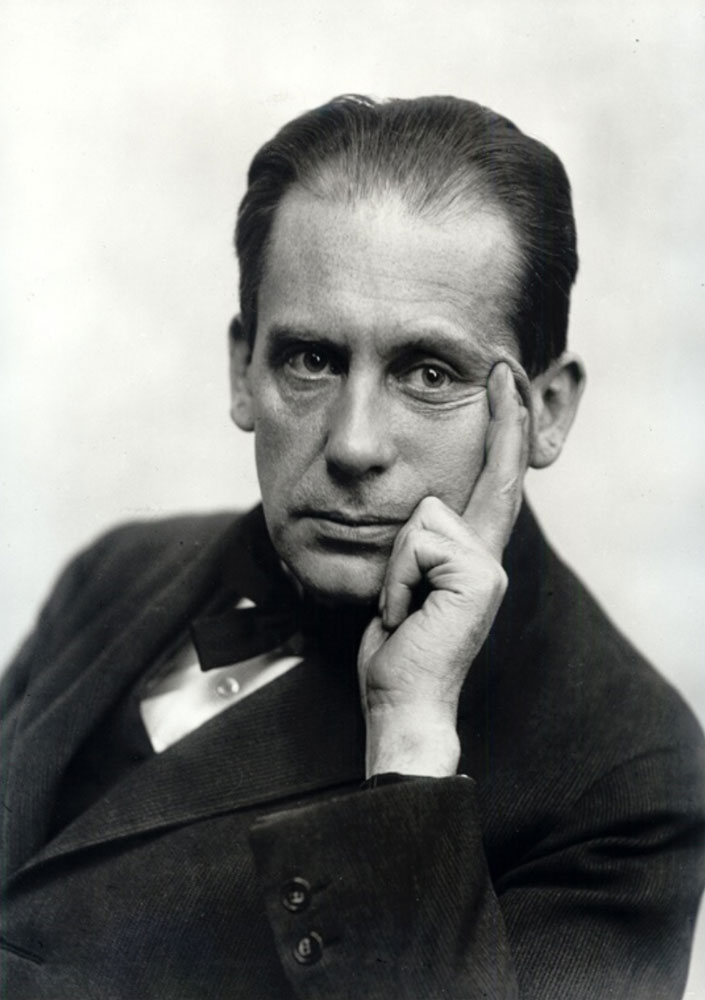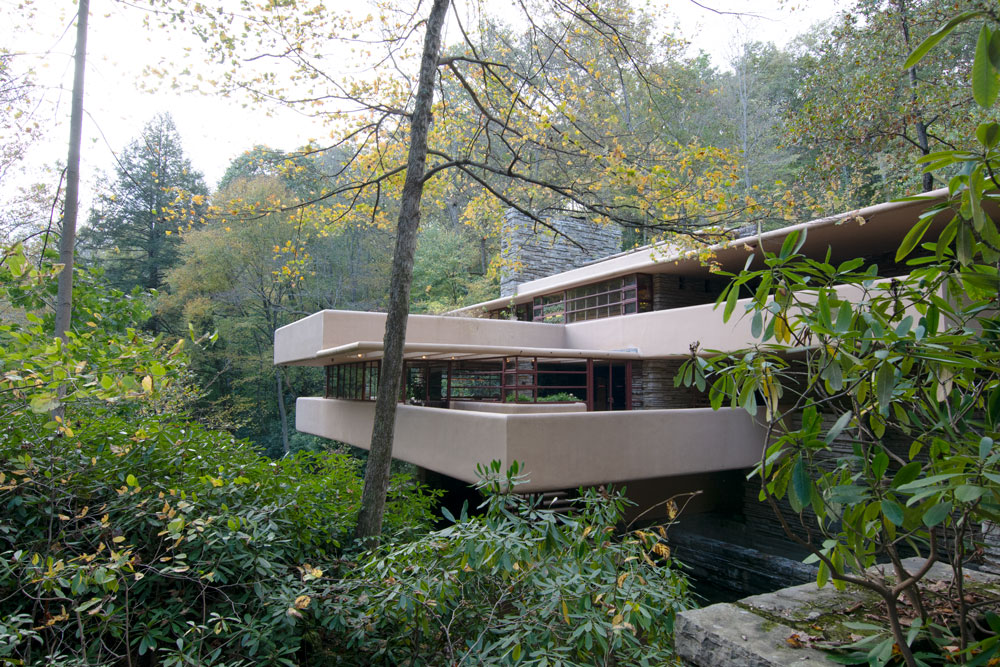
Cambridge Seven Associates
Cambridge Seven Associates was founded in 1962 in Cambridge Massachusetts. The architecture practice’s original members were Peter and Ivan Chermayeff, Alden Christie, Louis Bakanowsky, Paul Dietrich, Tom Geismar and Terry Rankine. They created the US Pavilion of Expo ’67, the MBTA Design Guidelines;
‘Boston’s iconic transit graphics were developed 50 years ago in response to a request for system-wide unification and clarity and to create a more appealing and comfortable transit experience. Development of the highly-recognizable T symbol, colour coding of the rapid transit lines, route numbering for buses, diagrammatic maps, street and bus route maps, and directional and identification signs were all part of the project, along with standardization of station furnishings and finishes.’
Key to their thinking was to create a practice which brought together every design discipline fully integrated. They were known for interior design, graphic, exhibition spaces, residential housing, theatres, aquariums and museums. Projects included the Patriots Experience and Hall of Fame, MIT AeroAstro Lab, a museum for the Detroit Red Wings, Roundhouse Aquarium, Boston Children’s Museum, the National Aquarium of Baltimore, the New England Aquarium, Mote Science Education Aquarium and more.
They were not the first to use that name as a famed group of graduates from Cambridge University in England self-styled as the Cambridge Seven – however that band of seven, headed to China in 1885 as missionaries.
Image: Cambridge Seven’s Piranesian interior for the US Pavilion at Expo ’67© with thanks to Sam Chermayeff






